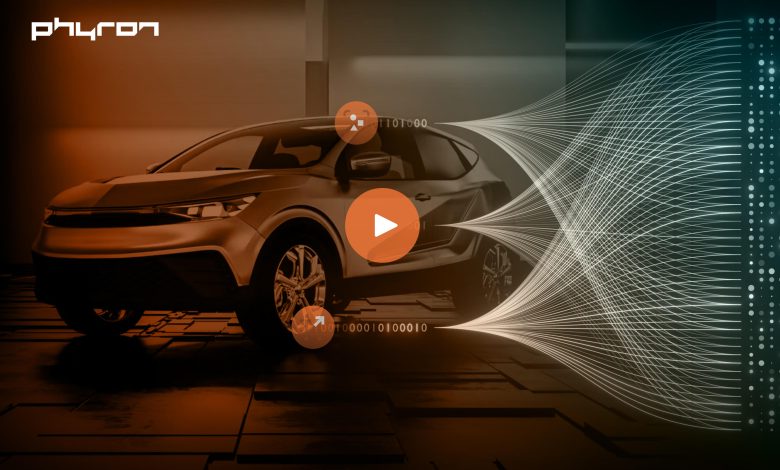
Today’s car buying has become a complex maze of over 400 digital touchpoints. From OEM brand campaigns to dealer websites and used car listings, customers move quickly between platforms. Yet while the start of this journey is full of excitement and emotion, something often gets lost when the buyer reaches the latter stages. The result is what we call the emotional drop-off problem.
Fragmented marketing pipelines
Marketing pipelines are fragmented. Dealers prioritise speed over story, and sales teams lack the tools and time to create compelling experiences for every vehicle. The outcome is predictable: generic listings that focus on specs and price, but fail to inspire action.
This matters because, as research from Harvard Business School shows, 95% of purchase decisions are driven by emotion, not logic. When emotion disappears, engagement drops, trust erodes, and conversion rates suffer.
What other industries can teach auto retail
Other industries have solved this problem by focusing on storytelling. Hollywood understands that to win an audience, you must hook the heart before you feed the brain. The big brands have taken note. Apple sells lifestyle and aspiration before specifications; Nike frames every product through the story of an athlete. Automotive retail needs to move in the same direction.
For new cars, the goal is to preserve the emotion generated by OEM marketing throughout the buyer journey. For used cars, the challenge is different: to recreate emotion around vehicles that have history and context.
AI as the revival engine for emotion
This is where AI steps in as a revival engine. By automating video production, AI can deliver high-quality, cinematic content for every single car in stock; something no human team could do at scale.
These videos aren’t spec sheets on a screen. They are visual stories that give each car personality, context, and credibility. In a world where attention spans are short and buyers scroll quickly, storytelling is what stops the scroll. For sales teams, this also means they can focus on selling rather than spending hours editing videos or uploading images.
Case study: Renault Renew success
When Renault UK launched its Renew used car brand, it faced the typical challenges of inconsistent content and slow manual production. Renault automated the creation of branded videos across its entire used stock. In just one month, over 1500 videos were created and updated, driving over 34,000 views and 212 hours of watch time. The results speak for themselves: a 20.5% increase in used vehicle enquiries, a 29.5% jump in transactions, and a doubling of conversion rates.
The future of car sales is cinematic
In today’s digital-first retail environment, every car deserves its own story. Dealers who embrace AI-driven storytelling can create an emotional journey that connects buyers from first click to final purchase. It’s time for dealerships to think less like inventory managers and more like Hollywood studios. The future of car sales belongs to those who can keep the audience captivated all the way to the closing scene.




